Beginning in 2022, a generation of strategic design managers and leaders found themselves in exile to an emerging new/old paradigm of siloed product management reducing design to requirements. A corresponding rush to shift resources and assets toward AI and then mass layoff of tech workers, more designers, and government workers left many wondering if not that, what next? The shift impacted more than careers. This new age, defined by high stakes and uncertainty, along with crumbling institutions, made clear everything was up for grabs.
Does this resonate? Book time with me to chat at http://tidycal.com/shelkimen
There’s a strange and potent terrain that emerges when life stops making sense in the old way and hasn’t yet revealed a new form. You’re no longer where you were and not yet where you’re going. Welcome to the in-between.
This isn’t just a moment of transition. It’s a multidimensional experience that touches your sense of self, time, belonging, agency, and daily rituals.
It’s also not something to rush through, despite sometimes present real realities. What’s often revealed to many on this path is that there is no ‘there’ there. We aren’t perhaps in-between, but our ‘in-betweeness’ creates a runway for personal expansion that learns to operate on its own frequency. It lives outside our preconceptions of who and what we are supposed to be when and where. Simply, we are always becoming and the places we stop along the way are just points in time of a larger, more holistic, non-linear journey.
This is an area I’ve known well, from my own significant transformations through identities over the years and from decades of studying (and making) culture. The pressure to perform for exaggerated outcomes amidst constant ambiguity is extreme. People not rooted in efficiency models, strict hierarchical structures and roles, or up on the latest, rapidly evolving technology are struggling. They may have lost jobs, marriages, children to college, or embarked on a major life and/or career pivot in a volatile economy and political system. They live now among millions and millions of people wandering the halls of in-between.
Many dimensions shape the in-between and I’m here to share six big ones. They don’t arrive in order. They don’t resolve on a schedule. But they’re there, moving through us as situations in life untether from the previously known. It’s easy to say, “don’t worry you’ll be ok,” but until you’ve genuinely lived through it at least a few times, that sentiment can feel useless and cruel. But fear is not the answer; fear creates destructive tendencies that harm us and/or those around us.
The goal in sharing these is to create awareness and name the challenges so we may find easier paths for our reinventions, perhaps even joy in a practice of curiosity, discovery, and wonder.
Identity + Self Perception
In the in-between, identity often unglues from the usual anchors. You're not what you do, because you're not doing that anymore. You’re not who you were, but you don’t yet have language for who you’re becoming. It’s disorienting, especially in a world that rewards clarity, consistency, and a compelling personal brand.
If we’re not branded by an organization or life role, we’re told to brand ourselves. To polish. Package. Announce. This is most visible for careers made valid by LinkedIn and dating profiles. But brands are commodities: crisp, finished, digestible. And the in-between is none of those things.
When someone asks, “What have you been up to?” it can feel like a test. Try saying “I’ve been meditating outside for two hours a day” to a room full of employed business folk and watch the silence land. In moments like that, our self-perception wavers. If we can’t name it, is it real? If it doesn’t add up to something productive, does it still count?
Truth: identity doesn’t disappear in the in-between. It de-solidifies. It widens. You aren’t failing to be something. You’re making space to become.
Underneath all this shapeshifting is a deeper unraveling: the slow crumbling of modern subjecthood itself. The kind of subjecthood that was trained to separate mind from body, self from other, knowing from being. It’s not just that you’re between jobs or life roles, you might be between cosmologies. That’s not failure. It’s sacred time.
The sense of self that emerges here is fluid, multi-sourced, and porous. In the Emergence Magazine podcast from February 12, 2025 Merlin Sheldrake asks a potent question: "Where do we begin and end when the sunlight goes under our skin?" Just pause there. The edges of who we think we are start to shimmer. Throughout history, we’ve inherited dualisms like light/dark, mind/body, human/nature, but the in-between invites us to metabolize them into something new. Maybe intuition isn’t “inside” or “outside” us. Maybe instinct isn’t just biological, rather ecological, ancestral, microbial, mineral. What if the very idea of a bounded self is a modern hallucination? What if there is a yes and, another path? There is.
Embodied example: You go to update your bio and freeze. Every version feels like a costume. So you close the tab, go for a walk, and realize that maybe the words don’t come because you’re still listening for who you are now, not who you are independent of these roles.
Being in-between is not a ‘waiting’ period. It’s an active process of remembering and understanding who we are deep within, while also clearing space for beautiful new futures. It’s a special, nurturing place we are lucky, yes that’s right, lucky to inhabit. Not everyone gets or takes this time. We pause, then action, pause, then action, one thing leads to another, and our new selves rise in the adventure of becoming.
Time + Rhythm
In the in-between, time refuses to behave. Time loops. It grieves. It stretches and contracts. It has its own rhythms, and not merely human ones.
Dragonflies, for instance, experience time in a vastly accelerated way. Their flickering movements and high-frequency perception allow them to register more frames per second than we do. It’s like living in a constant time-lapse, every moment stretched wide with input. What seems quick or blurred to us is spacious and detailed to them. It reminds us that time is not fixed. It is perspective.
Likewise, ancestral timelines whisper beneath our feet. Slow, non-linear. It skips the calendars and turns toward ceremonies, wounds, returns, and remembered dreams. The in-between often opens a doorway where ancestors speak beyond words, in intuitions, disruptions, synchronicities, and the reemergence of questions we didn’t know we inherited.
Days may feel long, stretched and slow, and yet somehow the weeks slip past in a blur. You look up and it’s been three months. Or maybe just three days that felt like three lives. This distortion isn’t a glitch. It’s a clue.
In these moments, urgency can press against the edges of our stillness. There are bills. There is pressure. There is loneliness. There’s a voice inside (or outside) saying: shouldn’t you be moving faster?
Consider: Where is that urgency coming from? And who benefits when you rush?
The in-between demands trust, not panic. Everything in divine timing… yes, possibly the worst phrase to hear when you’re aching to move forward. It’s also frustratingly true. Not because we’re waiting for celestial puppet strings to wiggle us around, but because alignment, real alignment, requires presence, not performance. If you are in-between currently, take some solace that not just you, but everyone, is subject to the collapse of linear, progress-driven narratives of time. That myth is over. Those that don’t see this are in for an extra bumpy ride.
Embodied example: You keep trying to plan six months out, but the map won’t hold. Nothing sticks. So instead, you create a small ritual each morning: a cup of tea, a grounding check, one next step. This isn’t fast, yet very alive. You are more present to life than many get to experience.
The art of wandering, as Rob Walker describes in The Art of Noticing, becomes more than a metaphor. It’s how we stay connected to the texture of life when direction is unclear. Wandering is not the same as drifting. It’s active noticing. It’s what allows the future to arrive without force.
Relationship + Community
Old social contracts begin to fray and new ways of being-with are fragile, emergent, or maybe incoherent.
Here exists a frightening perception of isolation…. A sense that you’re the only one navigating reinvention. Look closer. More people than ever, tens of millions, are quietly redesigning their lives, whether inside institutions or outside them.
Inside, they’re trying to outrun the AI or wield it faster than anyone else. However, speed isn’t power. Being "right" isn’t power either. There is no right, though there is light! Power, the kind that sustains, comes from within, and it comes alive in relationship, not in hierarchy or control. It’s something closer to the Force in Star Wars: subtle, relational, responsive.
Adding to potential relationship distortions are the shifting dynamics of trust, kinship, labor, and solidarity. Many of us are waking up to how much of our connection was held together by extractive agreements like the roles we played and scripts we followed. These are expectations we never consented to yet strangely have held so tight.
Extractive relationships are often built on unconscious transactions, where presence, care, or attention are offered to secure something in return. What begins as connection can slip so quickly into coercion, performance, or conditionality.
As those ties dissolve, as they inevitably will, what emerges is often awkward, trembling reciprocity. It’s not a clean swap, tit-for-tat. It’s messy, nonlinear, and vulnerable as we learn to relate to each other without the scaffolding of institutional scripts. To love outside possession, collaborate without domination, build kinship without contracts... This is our task. These are not minor upgrades. They are tectonic shifts in how we live with others.
Does this resonate? Book time with me to chat at http://tidycal.com/shelkimen
Building relationships and community is not as quick as the bots might have you believe. You can pay for likes. But you can’t pay for connection. It isn’t for sale. When you resonate, even with just one person, it’s enough encouragement to be vulnerable again. That’s how it starts and it rachets up from there.
And when people speak of “community,” let’s be honest: real community doesn’t form in curated squares or spreadsheets. It looks a lot more like a neighborhood meeting:
They take forever. Not because everyone loves each other, but because everyone, or enough people, need a chance to speak, be heard, and be seen. That’s a good thing.
There’s always someone new with a big idea. But they might not yet know what it took to get this far: the meal deliveries, the text check-ins, the hard conversations, the mundane kindnesses. Trust isn’t a strategy. It’s built. Change happens one relationship at a time.
I’ve been asked to scale movements and then challenged about why it’s taken longer, or I was forced into abstracted metrics that honestly, made no sense. So, if someone tells you there’s a shortcut to community, to shared culture building, just smile and offer them a hug. They haven’t yet learned how precious it is, how sacred the slow work of showing up truly is. This is something you get to learn while in-between fixed structures.
Embodied example: You post something from the heart. It doesn’t go viral. It barely gets seen. But someone messages you quietly and says, “That’s exactly where I am, too.” The solo voice of support is not failure. It’s connection. It matters deeply.
Maybe the next time we’re tempted to build fast on pretend care, we can pause, take a breath, and ask instead: What’s the smallest act of real reciprocity I can offer right now? A shy smile works! You will be amazed at what follows. It’s blissfully satisfying.
Collapse + Rebirth
The dominant systems, not our own, but capital letter big systems like government, education, family expectations, are breaking down and what comes next is not yet built.
We are living through systemic disorientation on an epic scale with systems and institutions unraveling before our eyes. The old forms no longer function and the new ones haven’t fully arrived. In that gap of raw, spacious, destabilized in-between, it’s easy to feel stunned, be in shock, brace, or rush. Or possibly to deny anything is really happening at all.
Denial is a natural defense. It offers the temporary relief of a soft buffer layer. But when denial hardens into avoidance, it freezes us in place amidst perceived rubble. It locks away the grief, possibility, and creativity that collapse makes available.
Collapse is not a failure. It’s a phase. It carries grief, yes, and also clarity. Not the clarity of solutions. It shows us what’s no longer working. That holds great value.
Destruction is also decomposition; decomposition is what feeds the soil. Creation begins not in clean blueprints but in ruins, in what remains, what refuses to disappear. This is not a pause. This is a portal.
Does this resonate? Book time with me to chat at http://tidycal.com/shelkimen
To be in-between while our systems are also in-between is a strange kind of cultural alignment. Sacred, even. If we can resist the urge to fix, restore, or define too quickly, this could be a profoundly generative time. Reflection and re-creation dance together. We re-create while the universe re-creates us.
Of course, it’s not easy. The nervous system craves safety and structure. But sometimes what we call anxiety is simply the ache of old scaffolding falling away.
Long ago, I rode horseback up a volcano in the Galápagos. The path was barren—miles of black rock from a previous eruption. And yet, there in the cracks of cooled lava, I saw them: the tiniest, most tender flowers. They weren’t waiting beneath the surface with a plan. They weren’t strategizing governance or timelines. They simply responded when the time was right.
Not overnight. Over years.
Rebirth doesn’t come on command. It emerges in the cracks. Slow, quiet, beautiful…
There is nothing to rush. When the time to act arrives, you’ll know. In one of my most recent collapses, it took nearly a year of stillness before the next nine months of becoming. When I rushed, I spiraled into chaos. But when I slowed down, I remembered: I would be okay. And as it turns out, better than okay. I became alive. I remembered who I was and let myself be.
I came to understand:
Let something go. Build something new.
Let something go. Build something new.
The caterpillar becomes the butterfly.
Embodied example: You realize the old job, the old marriage, the old story of who you were, none of it fits anymore. But instead of rushing to replace it, you let yourself fall apart a little. You sleep. You cry. You listen. You throw down some dirt. Slowly, there they are! Green shoots. Growth!
Does this resonate? Book time with me to chat at http://tidycal.com/shelkimen
Emotions + Thresholds
Emotional intensities surge without coherence. Grief, awe, numbness, rage, and longing arrive all at once.
Emotional dissonance is not a malfunction. You have not lost your way. You are not incomplete. The emotions of the in-between can recreate the nausea of puberty… riding hormonal rollercoasters, confusion. And yes, you may also be riding hormonal rollercoasters…
For women between 45–55, this in-between could easily be confused with menopause; there are overlapping symptoms. Hair thinning. Insomnia. Brain fog. These are also symptoms of stress. Which is it? Hormonal shifts? Stress manifesting in the body? Does it matter, when the experience is real?
These signals show up for all genders. Often for men, there’s an added societal expectation to “stay stable” or “be the rock,” which can turn discomfort into shame. Nervous system dysregulation isn’t weakness. It’s information. It’s your body waving a flag that says: “Something is shifting,” pay attention to me.
In the in-between, the nervous system often tries to hold more than it can tolerate or name. When we acknowledge that, something important happens. We learn our threshold for change. Our sensitivity becomes a map while our overwhelm, shifts to compass.
When anxiety gets loud, try this reminder: Everything is always out of control. Even when it seems like it isn’t. There is nothing to fix. There isn’t a “problem.” There is only “is or is not.”
We’re not standing on bedrock. Not really. Economics, politics, climate, identity, these all shift constantly. People we love get sick. Plans dissolve. Thresholds are crossed, not always by choice. So if you're crying, shaking, laughing-while-crying, flatlined, numb, or roaring with feeling, you are not “off track.” You’re simply feeling what is true, and what is too often hidden.
The body craves homeostasis. But transformation doesn’t come in a straight line. It comes in bursts. In collapses and rebalancing. And the universe might just be listening in ways we don’t yet know how to hear.
Embodied example: You find yourself crying in the grocery store aisle. Not because of the spinach. But because you held too much all day, and that was where it finally spilled.
Symbolism + Storytelling
Symbols, narratives, and myths that once oriented us no longer hold meaning. They may even cause harm.
We’ve lost our identity, the systems collapsed, we cried in the grocery store. And now we look around, trying to make sense of the world with that map that no longer fits the reality.
The old stories told us what a “good life” looked like: get married, have children, secure the job, climb the ladder, buy the house, retire in peace. But these symbols, once revered, have cracked. The ladder wobbles. The job dissolves. Marriage arrives late or not at all. And peace? It’s something we now chase through breathwork, not beachfronts.
Younger generations aren’t broken for rejecting these myths. They’re very wise. They see the scaffolding for what it is: brittle, outdated, too small to hold what life is.
But for those of us who believed, when the old stories fall, what’s left?
Often, silence. Or shame. Or confusion. Because we’ve lost not only the scripts, but the shared symbols that helped us digest life. Symbols like the “self-made man,” the “happily ever after,” the “dream job.” Gone. Without them we lose our bearings.
The work is to not rush into new slogans, instead listen for the myths that want to emerge. Not to manifest a new reality, rather usher in a deeper one.
Maybe we don’t need a ladder. Maybe we need a constellation. Maybe we don’t need a soulmate. Maybe we need a mycelial web. Maybe we aren’t heroes on quests, but composters of culture, turning outdated dreams into fertile ground.
And maybe the new symbols aren’t fixed. Maybe they’re alive in all their shifting, shimmering, relational, glory. The moon. A seed. A dance. A whisper.
Embodied example: Write the myth of your next chapter, not as a strategy, but as a spell. Or gather images on a board that remind you how it feels to belong to your own life. This isn’t wishful thinking; it’s reverent imagining. Let the longing guide you. Let the symbols arrive on their own terms.
Story is not just how we explain what’s happening. It’s the thread that helps us move through the in-between with meaning.
Existentialism + Meaning Making
Speaking of meaning… The question is not “What is the answer?” but “How do we live in the absence of one?”
Existentialism reminds us that life doesn’t come with a built-in manual. Meaning isn’t delivered; it’s forged. In the in-between, this hits hard. The old frameworks fall away. The future’s too foggy to see. And we’re left with the most ancient of questions: What now? What for? Why stay?
Camus gave us a novel take on Sisyphus (the man condemned to pushing the rock uphill, over and over, knowing it will roll back down). Camus called this the absurd, our desire for clarity in a world that offers none. But here’s the twist: Sisyphus, fully aware of the futility, finds joy in the pushing. Not in delusion. In presence! In love with the what is of right now.
Camus also tells us the universe is indifferent. I disagree. The universe buzzes with microbes, starlight and memory. It may not give us answers, but it offers textures. Rhythms. Chance encounters. Dragonflies. Bread rising. A stranger smiling at your grief and saying, “me too.”
So maybe meaning isn’t something we find. Maybe it’s something we make out of the raw stuff of uncertainty, absurdity, pain, and breath. Small inspired actions, one after another, until one day, you realize you’re not just surviving. You’re weaving a new myth. Arriving. Thriving.
And no, we don’t know what happened to Sisyphus. The Greeks didn’t finish the story. Maybe the rock grew wings. Maybe he met someone on the next ridge. Maybe the rock turned into a seed.
Embodied example: You stand at the sink, washing dishes after a gathering. Not rushing, not escaping. Just touching each glass, each plate, each fragment of the night. The warm water becomes prayer. The act, a quiet form of love. There is no grand legacy. Just this moment. This meaning. This touch. It is enough.
The Not Final Frontier.
With all these shifts happening, within us and mirrored in the reality of an exponential pace, it’s no wonder some of us feel disoriented, frustrated, unwell. Let’s revisit one concept: We, me, you, are lucky to be in this spot right now. Uncertainty has reached mainstream awareness, and the chorus is less likely to judge our wandering. They might even envy it.
I can’t tell you how many times I’ve been told in admiration, “But you Shel, you can do anything. You always come up with something better than the last.” And “you’ve done so many amazing things.” What few got to really see is how I too ached through transition, questioned my abilities, and felt utterly rudderless. But they are right. If not this, something better.
Unusual for generations before mine, I began traipsing through the unknown after graduating college during a major recession (1993). There were no digital job boards. No accessible web. Just newspapers, libraries, and a lot of hard knocks. I built a rhythm: work hard for some years, then travel or return to school… run out of money, then work hard again. A cycle only recently seen as valid.
Like many Gen Xers, I learned early there were no guarantees. Instead of dwelling in the inevitability of failure, I chose to invent. To redesign myself, again and again, all the way to now.
Creation and meaning making have never failed me. And they won’t fail you—especially if you give yourself room to breathe, to mourn, to imagine, to fully be. Trust the grace in the space between. Let it hold you for a while. You won’t just be fine.
You’ll be more than you could have imagined.
And you might even laugh a little at your newly shaped wings.
Does this resonate? Book time with me to chat at http://tidycal.com/shelkimen





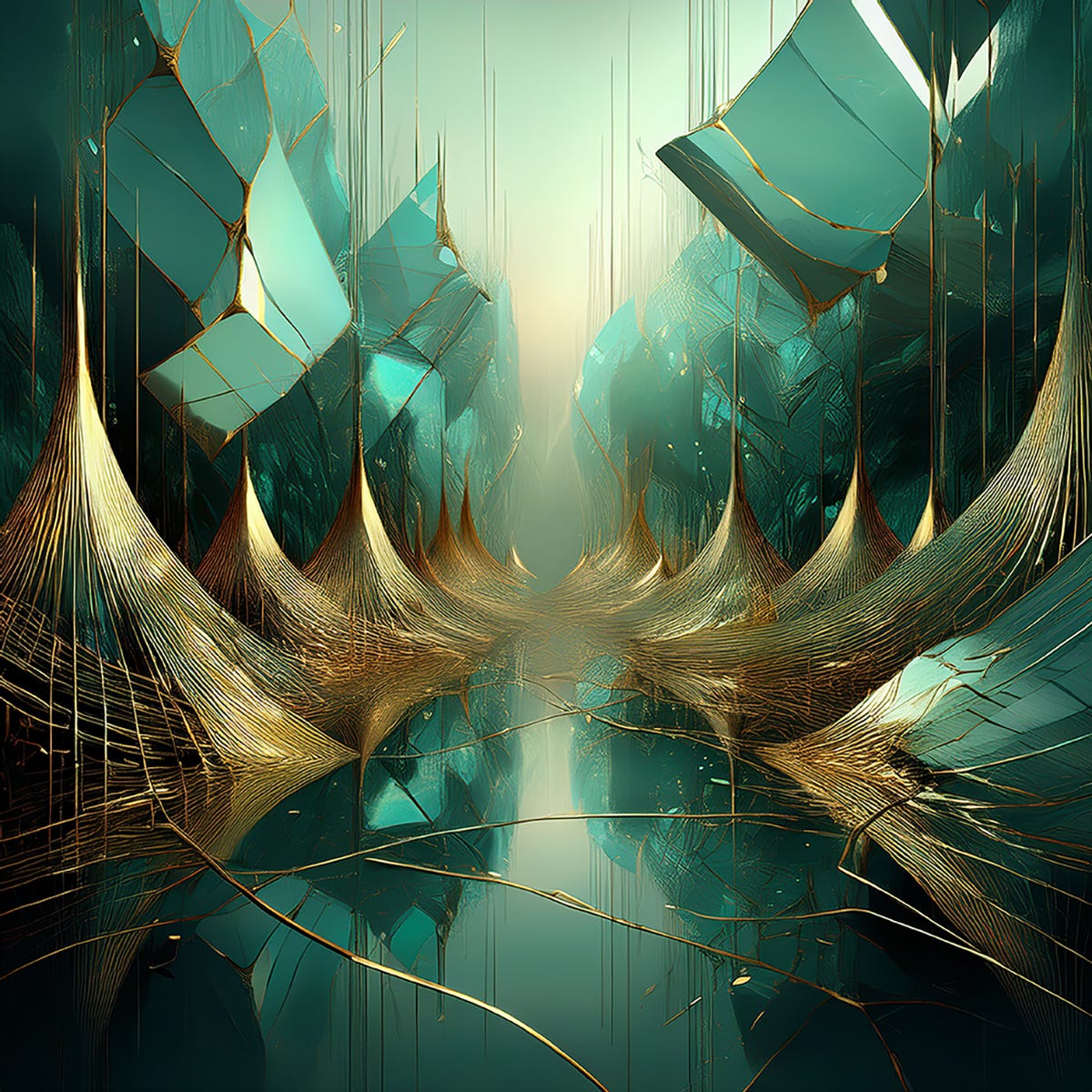
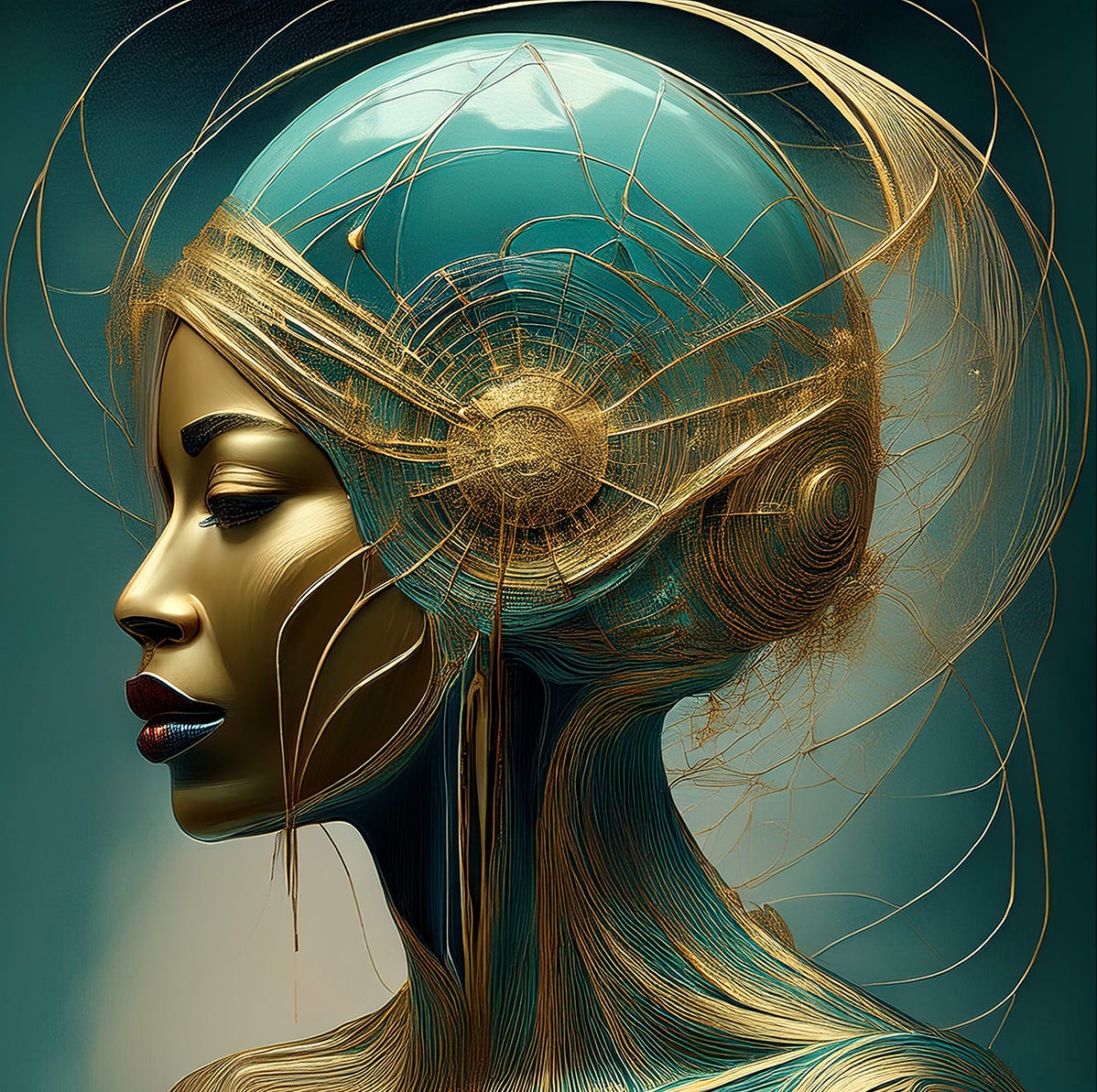

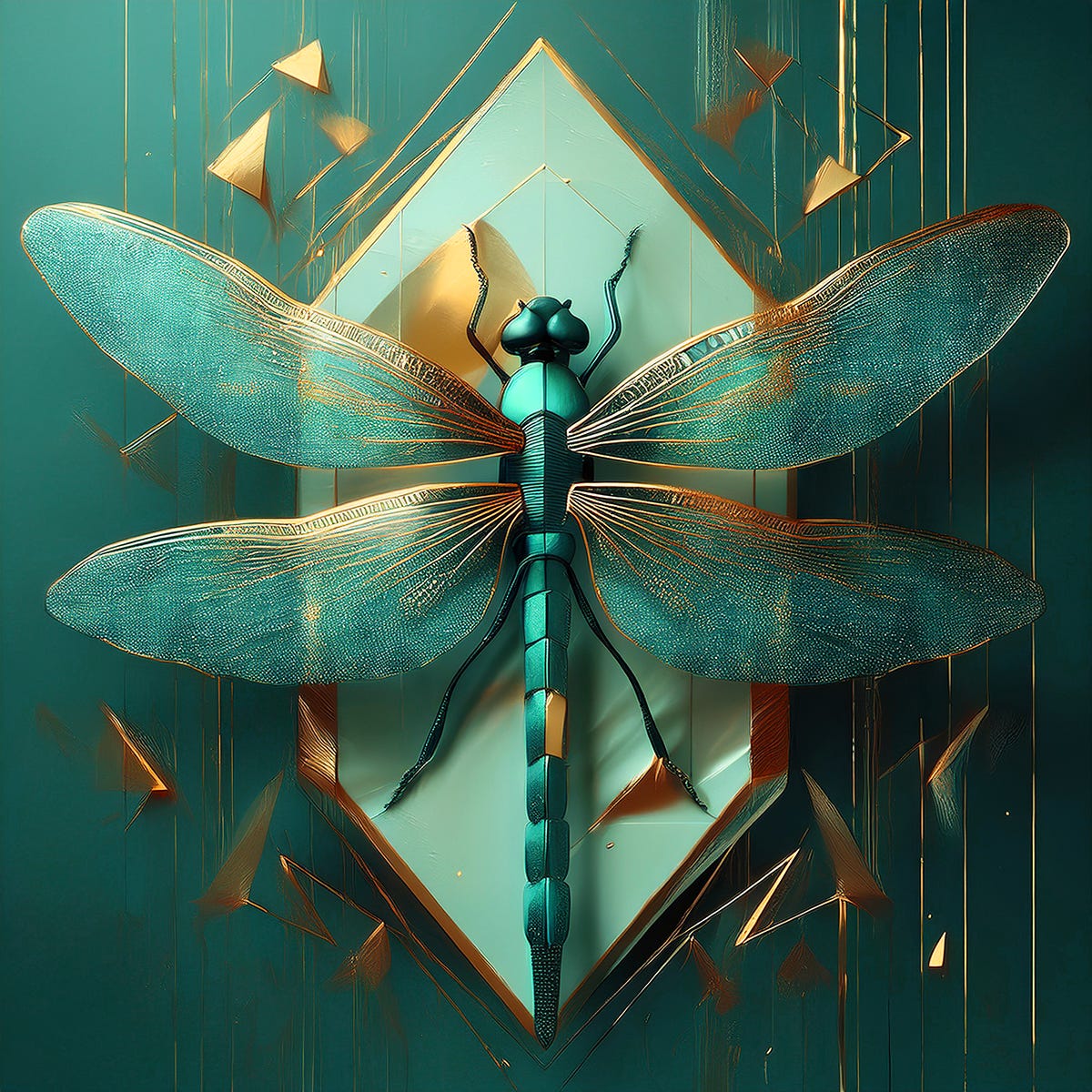
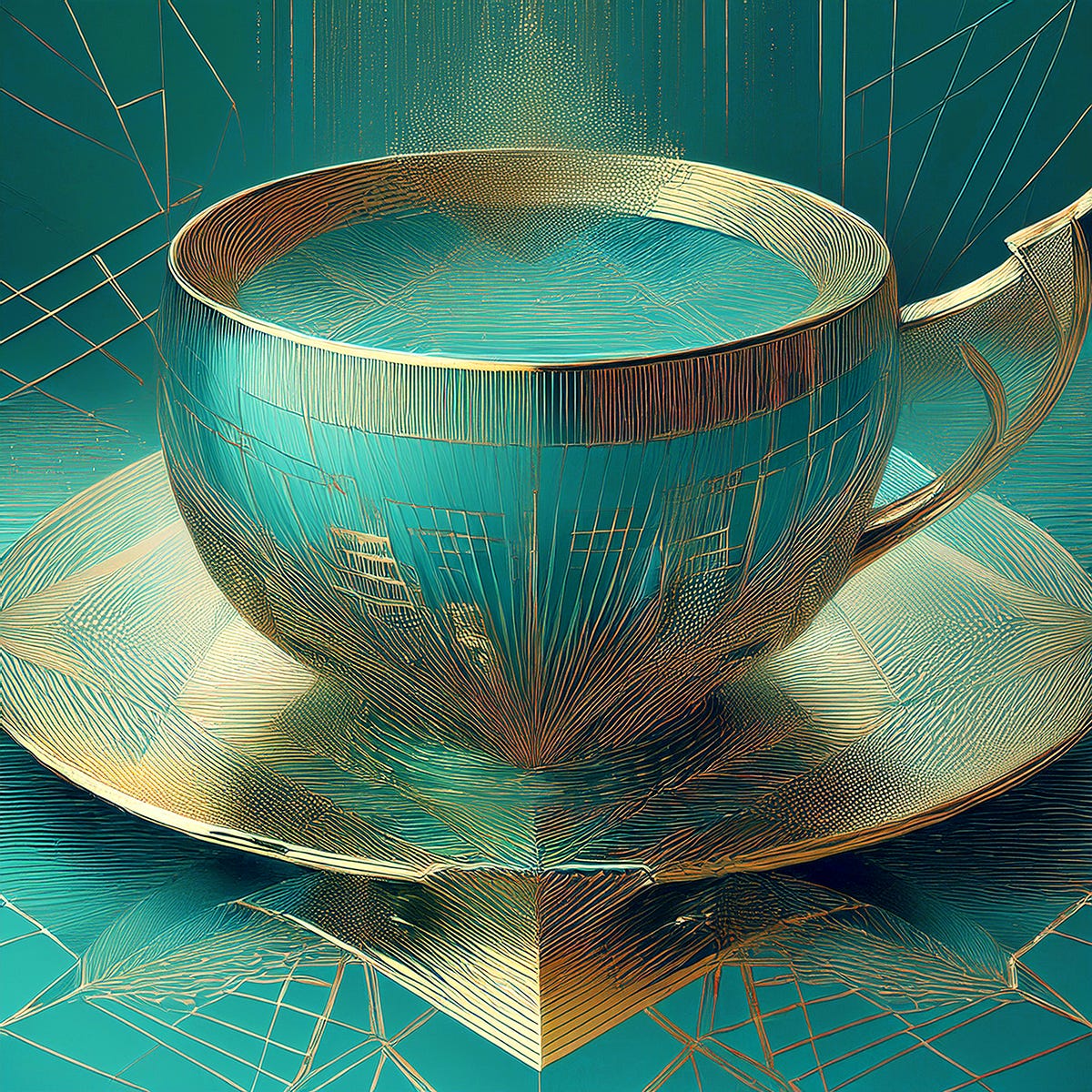





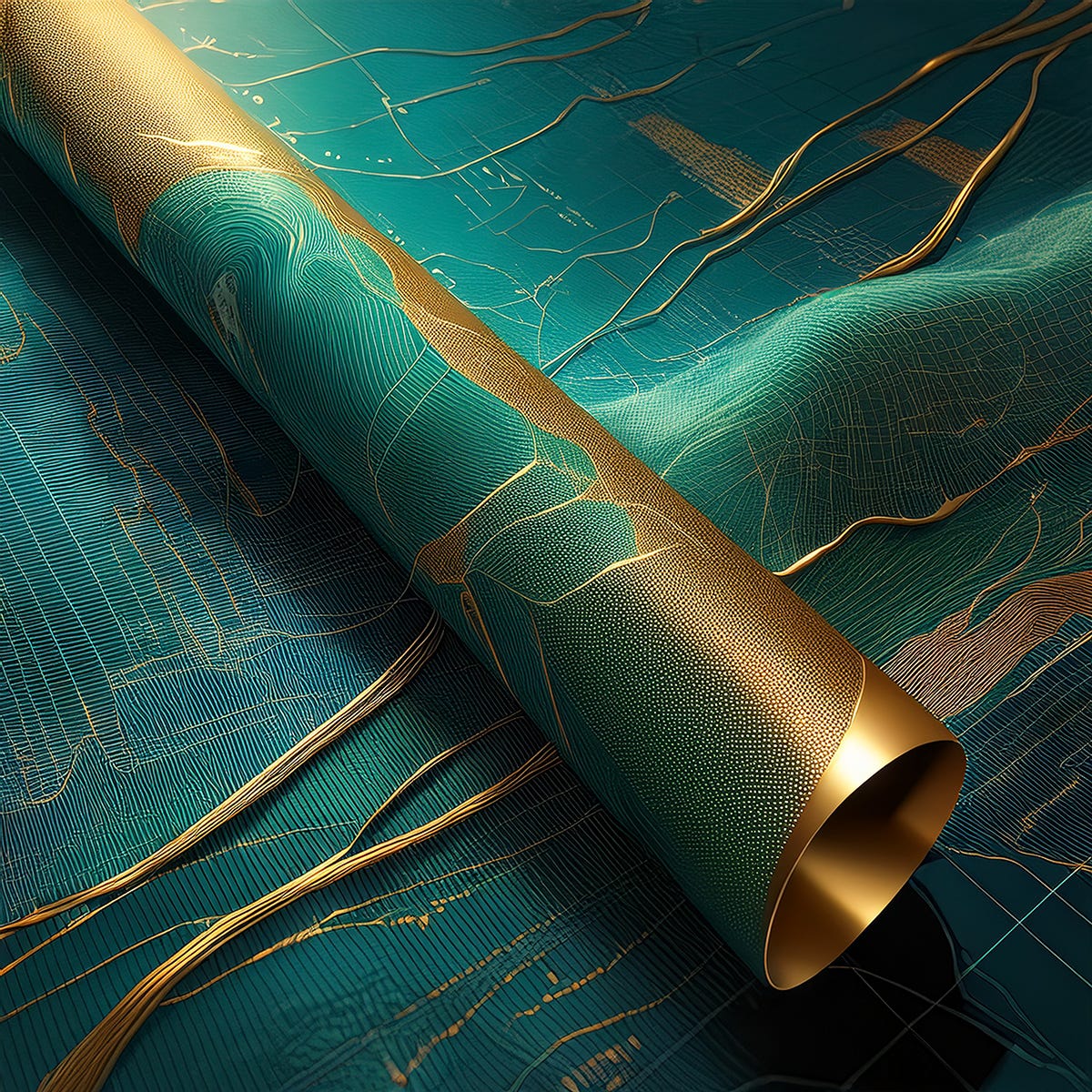
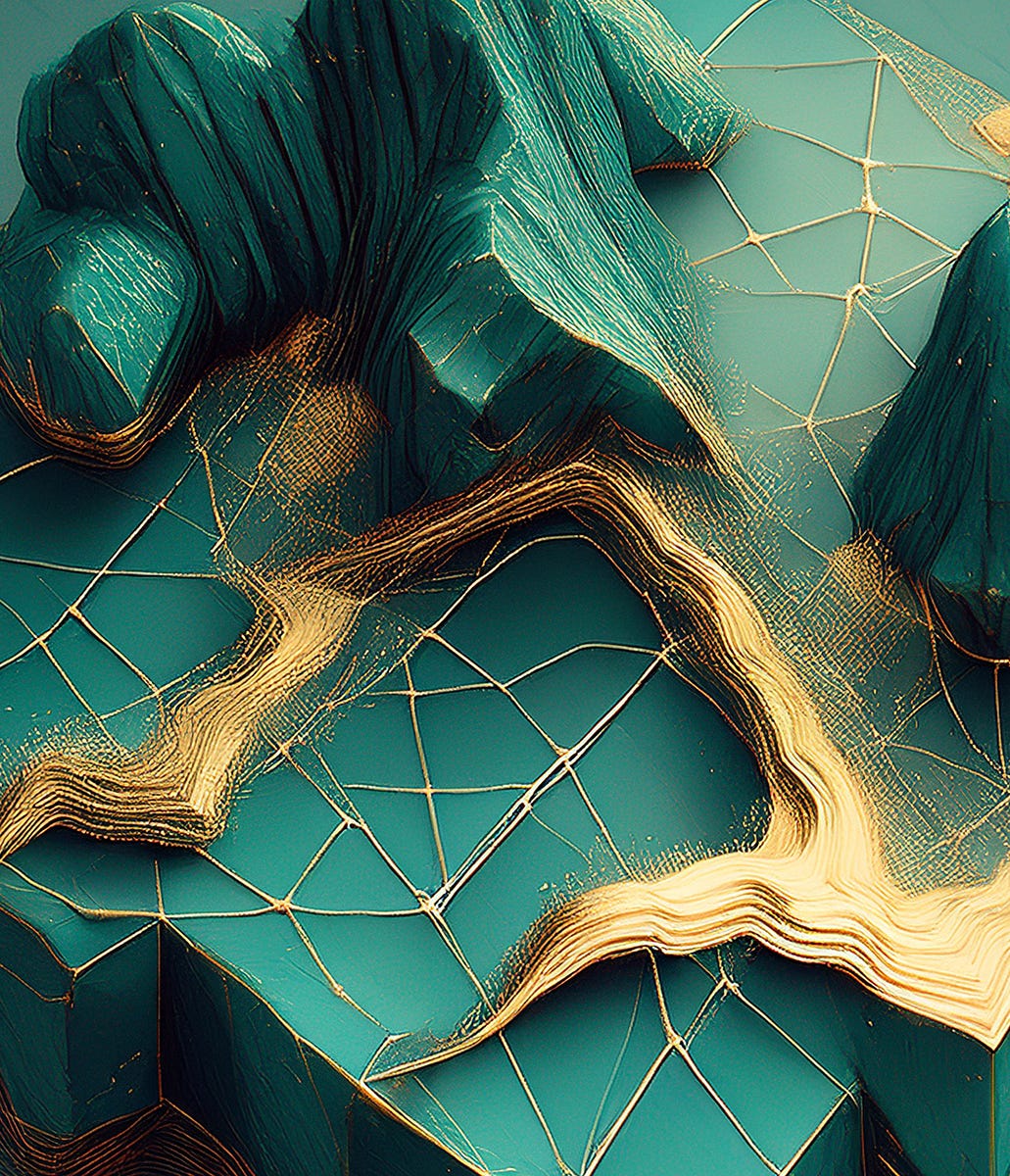
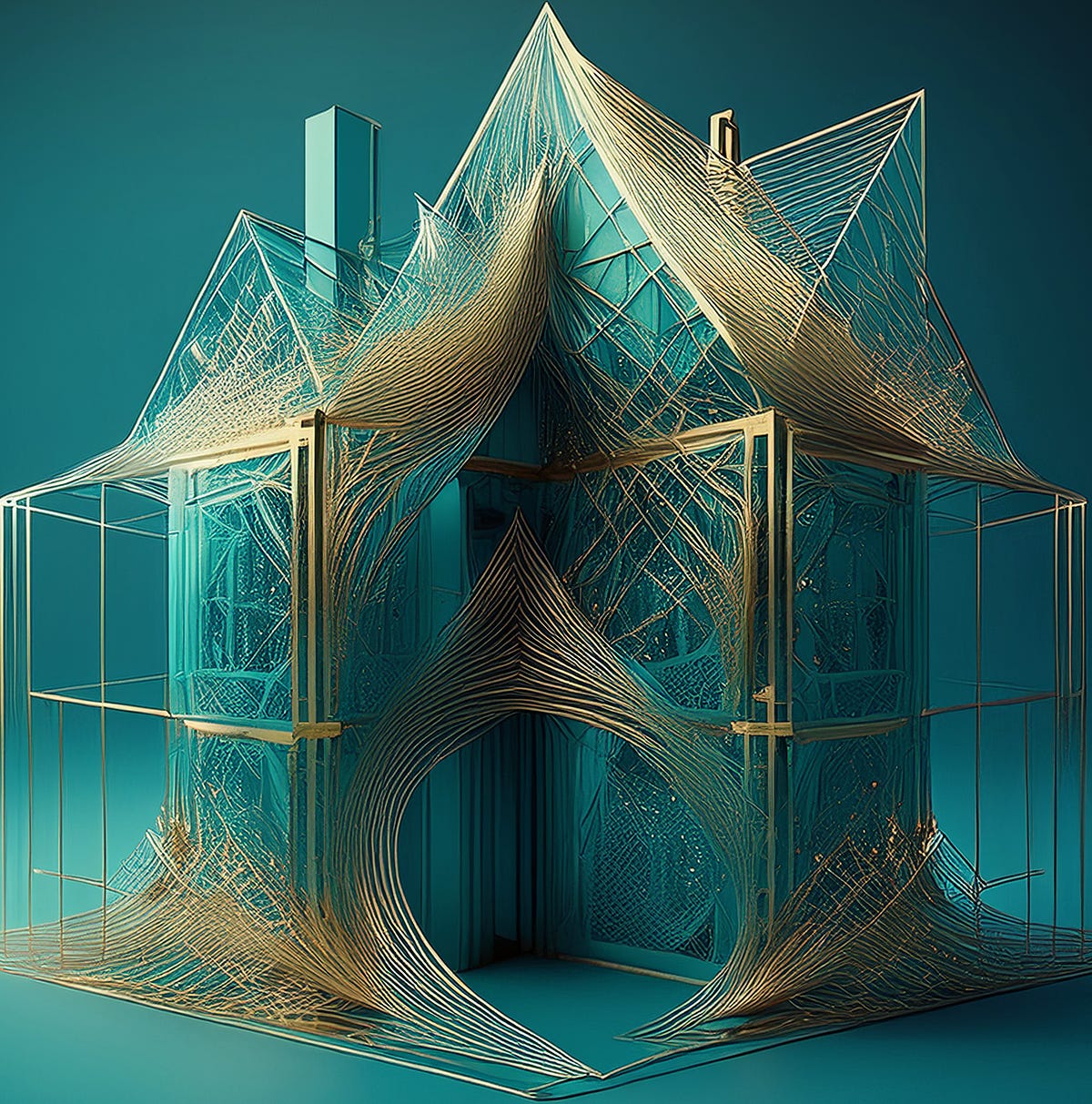


Wonderful!